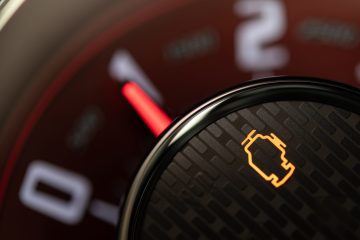Innovative Advanced Driver Assistance Systems (ADAS) fitted into the latest vehicles are important safety aids, but they are adding significantly to the cost of car repair bills, according to industry expert, What Car?.
ADAS technologies use cameras and radar sensors to help to mitigate the risk of a collision and improve driver safety. They include automatic emergency braking (AEB), lane keeping assistance, blind spot warning systems and speed limiting devices.
The sensors behind these systems prove expensive to replace and are often housed in vulnerable areas of the car, such as behind bumpers and windscreens.
That means they are causing a steep increase in the cost of replacing these traditionally cheaper parts, sometimes by as much as 123%.
According to the Association of British Insurers (ABI), the average cost of a car repair bill has risen by 32% over the past three years to an eye-watering £1,678. With ADAS technology currently fitted to around 6% of vehicles on UK roads and expected to rise to around 40% by 2020, that cost looks set to increase even further.
If damaged sensors and other ADAS components are not repaired, they could render on-board safety systems, like lane departure warnings, useless and compromise the safety of the driver and passengers.
Among a series of quotes What Car? received for replacing sensors across models, prices reached as high as £1459 for an ACC sensor on an Audi Q5, £1629 for a distance sensor on a Volkswagen Touareg and £2024 for a forward collision mitigation unit on a Mitsubishi Outlander.
At the other end of the scale, £690 was charged for a radar sensor on a Toyota C-HR and £483 for the same part on a Skoda Kodiaq.
Steve Huntingford, editor of What Car?, said: “The advanced active safety technology available on modern cars has undoubtedly helped to reduce accidents and save lives. However, in future we need improved housings for these systems and sensors that can recalibrate themselves.
“If manufacturers don’t address these rising repair costs, many people could simply decide not to spec the latest safety kit for fear that a small mistake could land them with a huge bill. And then that kit will be of no use to anyone.”
There are a number of vehicles on sale that don’t have ADAS sensors in their bumpers, making them cheaper to repair after a minor prang. The Honda CR-V and Volkswagen Golf, for example, have theirs behind the bonnet badge, and the Nissan X-Trail, Nissan Pulsar, Mini Countryman, Mini Hatch and Subaru XV and Impreza models have theirs in a unit behind the windscreen.



